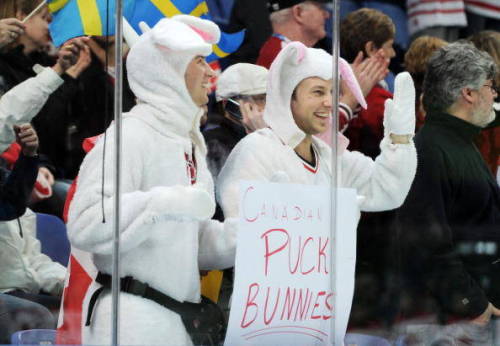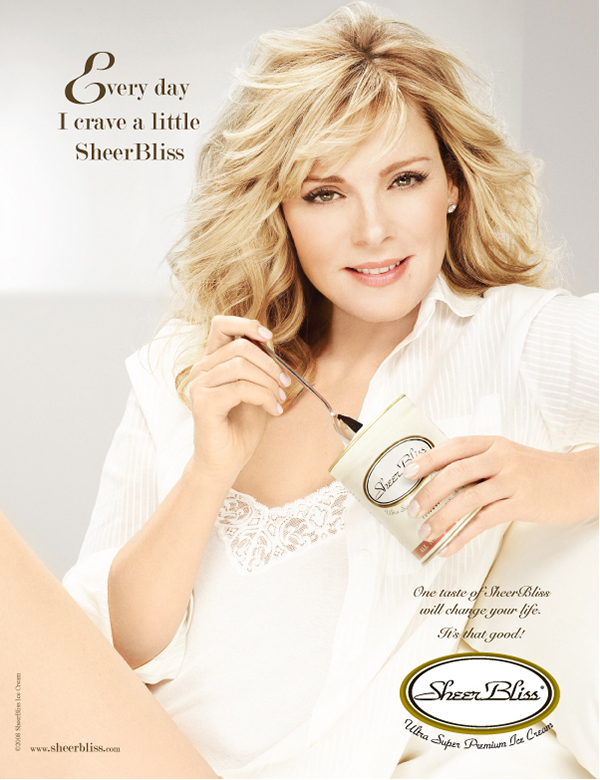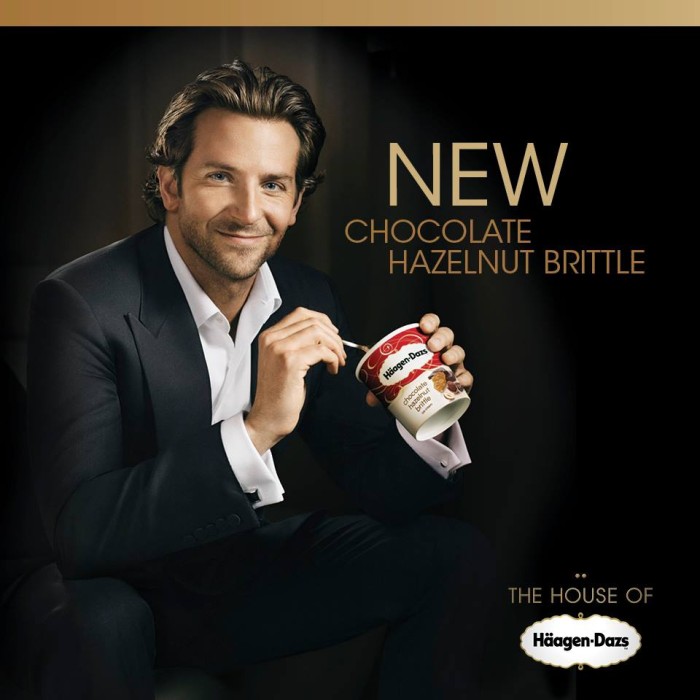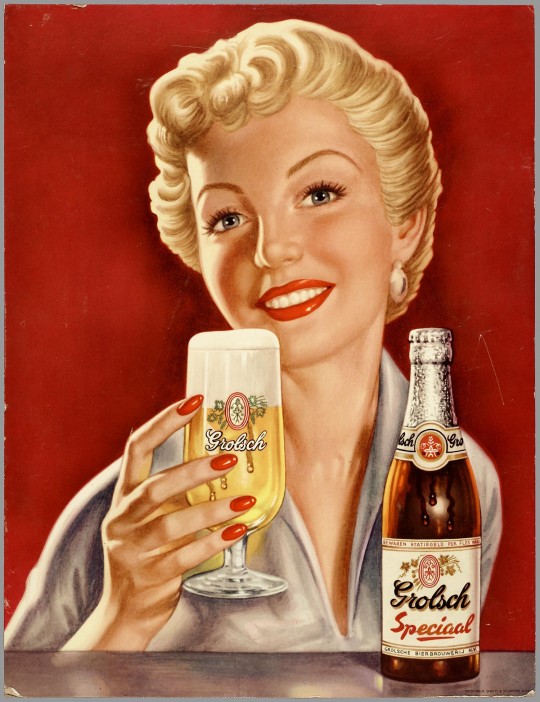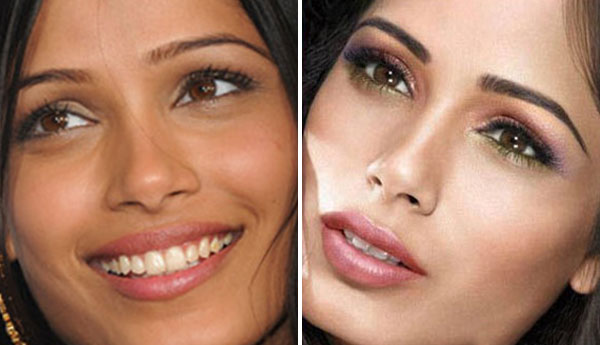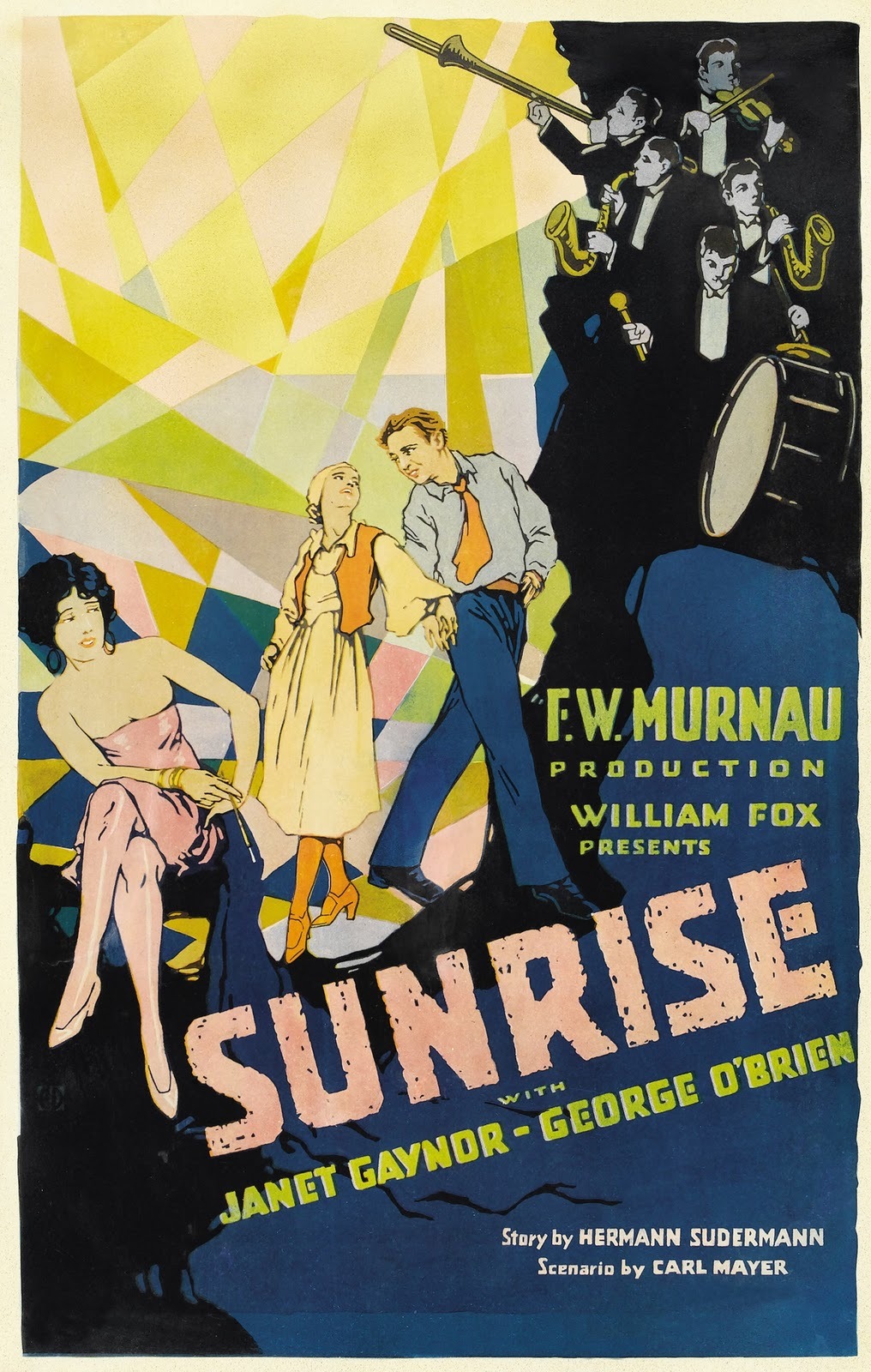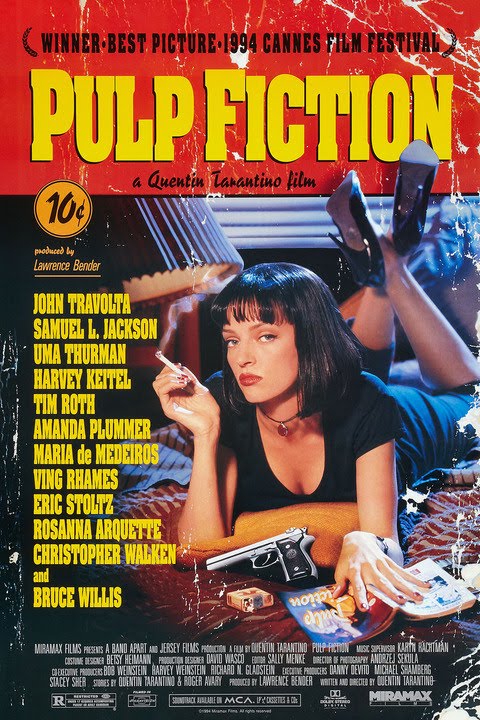Video games have increased in popularity since the days of classic games like
Pac-Man and
Super Mario Bros. What used to be something often associated with anyone that was "not cool" or on the bottom the popularity ladder is now a huge part of pop culture that targets multiple demographics. However, there is an issue of misrepresentation in video games that has not really been addressed as frequently as in film and television. It still seems that, like in many films and television shows, video games feature mostly white men as the protagonists.
 |
| Nathan Drake is the protagonist of the Uncharted video games. source: giphy.com | |
|
|
|
|
|
|
|
Video games like Playstation's
Uncharted franchise and the
Assassin's Creed franchise highlight white men as the heroes while women and people of color are usually reduced to secondary characters or fillers. While there are games like
the
Tomb Raider games that feature women as the protagonists, they are still created in a way to be visually pleasing to men.
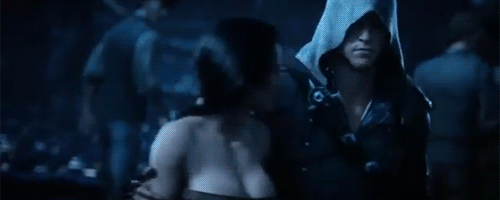 |
| Pirate/Assassin Edward Kenway in Assassin's Creed IV: Black Flag source: dittoh.tumblr.com |
Such issues with misrepresentation in video games sparked a controversy called "
Gamergate" a few months ago when Anita Sarkeesian and a few female game developers basically called out all the issues of sexism and misogyny in video games and the culture that surrounds it. The backlash they received was almost instantaneous; many male gamers sent death and rape threats to the women throughout Reddit and Twitter. Sarkeesian even had to cancel a speaking at Utah State University because the school was sent threats of her death.
For the project, I will create a video that highlights various video games that show great representation of women or people of color as well as video games that do not. The objective is to show that video games featuring women and people of color can be just as good as the ones with white male protagonists. I will personally pick out games from my own collection to use as examples. Also, I wanted to add a short presentation that points out some of the other issues of misrepresentation in video games like the male gaze and also talk about the culture of the gaming community.
As a media studies major, I think this topic would be great to cover since it is relatively new and covers a type of media that is popular yet is not often addressed when discussing all kinds of other media. This project will be for the people in gaming community who do not quite understand the criticisms that are made against them as well as people that are not part of the gaming community but have heard of the Gamergate controversy. With this project, I hope that it can make people see that this issue is not new, it is just that the issue has now spilled onto a new form of media. And with that knowledge, they can track how they consume video games much like how they can track which movies and shows they want to watch.
Sources
Video Games : the Movie. Dir. Jeremy Snead. Mediajuice Studios, 2014. Film.









